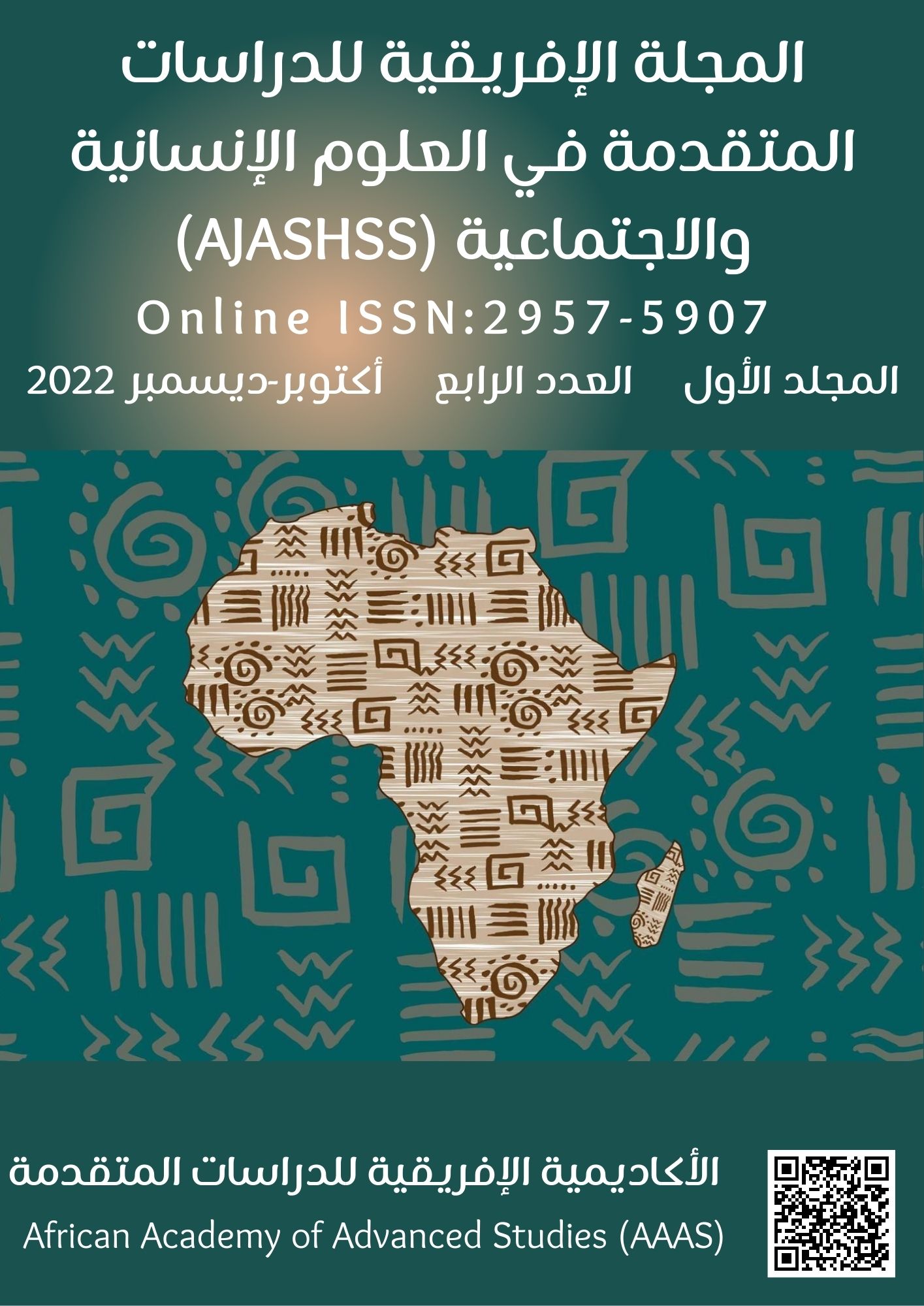Filling in the Gaps: Comparing the Use of Verbal Ellipsis in English and Arabic
Keywords:
Ellipsis, Verbal Phrases, Arabic, EnglishAbstract
This study sheds light on the contrastive aspects found between ellipsis in the English and Arabic language. Ellipsis can be described as substituting an element by zero in certain expressions, often to avoid repetition or for stylistic and emphasis purposes. The study deals with the problem of identifying the similarities and differences between the use of ellipsis in Arabic and English especially in terms of types of ellipsis, recoverability and evidence, and the reasons and functions of ellipsis in both languages. It aims to identify the types and categories of ellipsis in both languages, as well the ways through which ellipsis is evident, and eventually draw a comparison between the reasons and purposes of using them in English and Arabic. The work is divided into five parts. The first section is about introducing the aims, hypotheses, procedures, limits, and value of work. Sections Two and Three present an analysis of Ellipsis in English and Arabic, respectively. Section Four compares between ellipsis in English and Arabic, followed by the conclusions and future works in the last section.
Published
How to Cite
Issue
Section

This work is licensed under a Creative Commons Attribution 4.0 International License.






